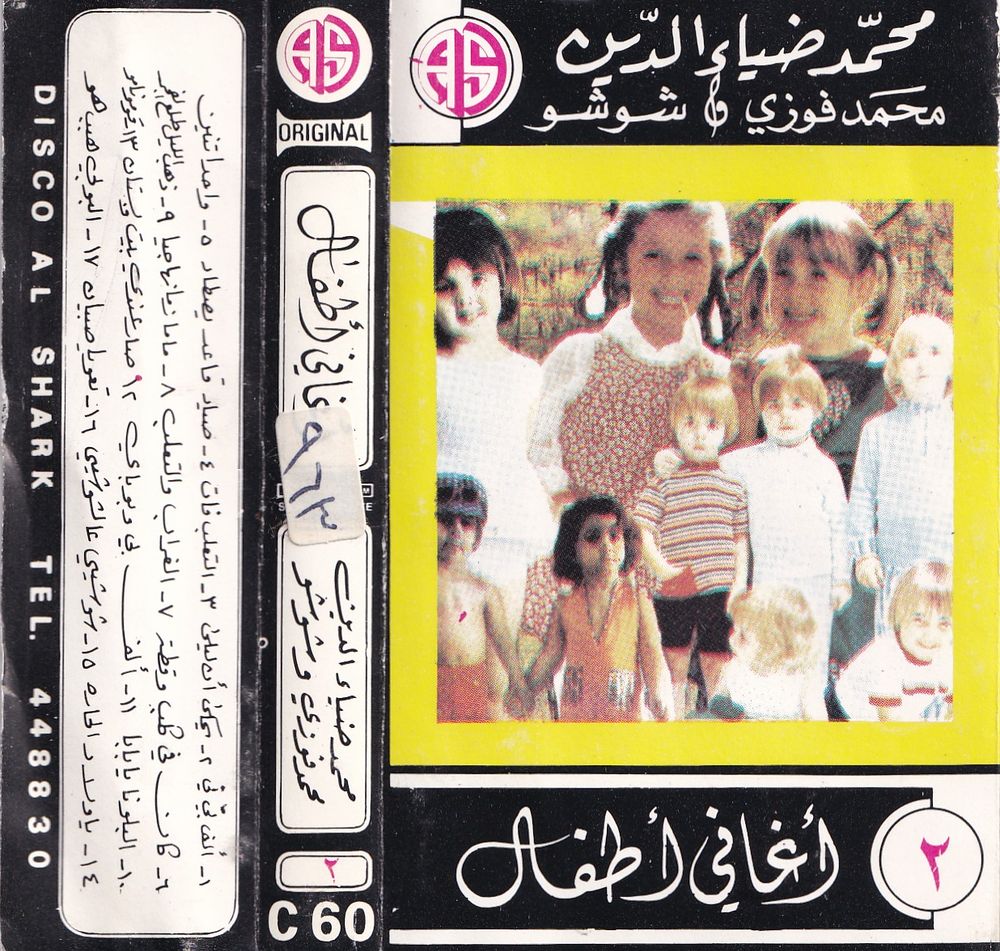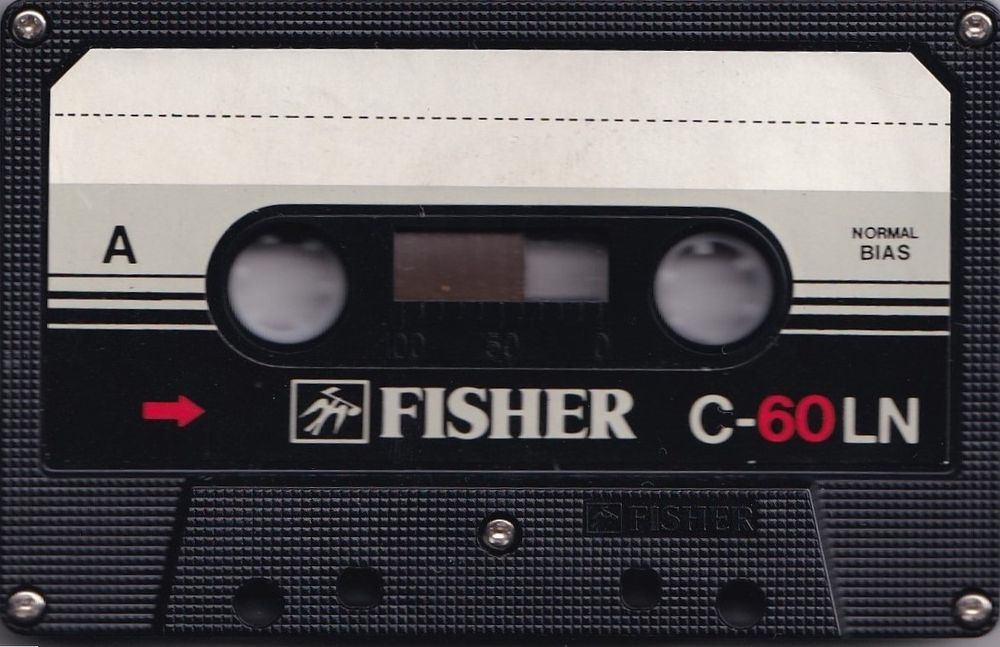



Muhammad Diaa Al Din
Children's Songs
SIDE A
- Alef beh Teh (A B C)
- Youhka Anna Layla (The Tale of Layla)
- Al Tha'lab (The Fox)
- Sayyad Qa'ed Ystad
- Wahed Athnen (One, Two)
- Kan Fi Kalb W Qatta (There Was a Dog and a Cat)
- Al Gourab w Al Tha'lab (The Crow and the Fox)
SIDE B
- Al Gourab w Al Tha'lab (The Crow and the Fox)
- Mama Zmanha Jayyah (Mommy is Coming)
- Zahab Al Layel Tala' Al Fajar (The Night is Gone, the Dawn Has Risen)
- Al Balouna Ya Baba (The Balloon, Daddy)
- Alef Beh w Bubayeh
- Sar 'Endi Bet W Bustan (I Have a House and a Garden)
- Qumu Namu (Go Sleep)
- Ya Wlad Al Hara (Oh, Children of the Neighborhood)
- Shoushi 'Al Shoushi
- Ta'u Ya Sbian (Come Here,Boys)
- Al Bobi (The Dog)
Label
Disco Al Shark
Location Issued
Damascus, Syria
Artist Origin
Syria
More Info
A collection of children's songs by Muhammad Diaa Al Din, with the participation of the Egyptian artist Muhammad Fawzi and the Lebanese artist Hassan Alaa Al Din, also known as 'Shosho'. Mohammad Diaa Al Din (1932-1978) was a Syrian singer and composer who first came to the attention of the Syrian public in the 1950s when his first song, which he had composed, was broadcast on Damascus Radio. During the mid-1950s, Indian films dominated cinemas, and Mohammad Diaa Al Din was particularly impressed by the song Tam Tam from the 1949 Bollywood film Namoona. Inspired, he reworked the piece into a taqtuqa and recorded it in his own voice for Radio Damascus. The song quickly gained immense popularity, airing several times a day in Syria and eventually reaching other Arab radio stations With the establishment of unity between Syria and Egypt, he moved to Cairo with his wife, Nada, to begin a new phase in his artistic career. He quickly rose to prominence, gaining a distinguished position in the music scene and composing for various male and female singers. Inspired by composer Mohamed Fawzi, he also ventured into composing children's songs. Some of his most famous works include Set Al-Habaib and Balouna, which he recorded for Syrian Arab Television during one of his visits to Damascus. He also drew from Syrian folkloric songs, blending them with Egyptian folk elements to create a new style that fused both traditions. One example is Skaba, Ya Dmu' Al-'Ein Skaba, in which he incorporated Egyptian folk instruments such as the mizmar and baladi mujooz.